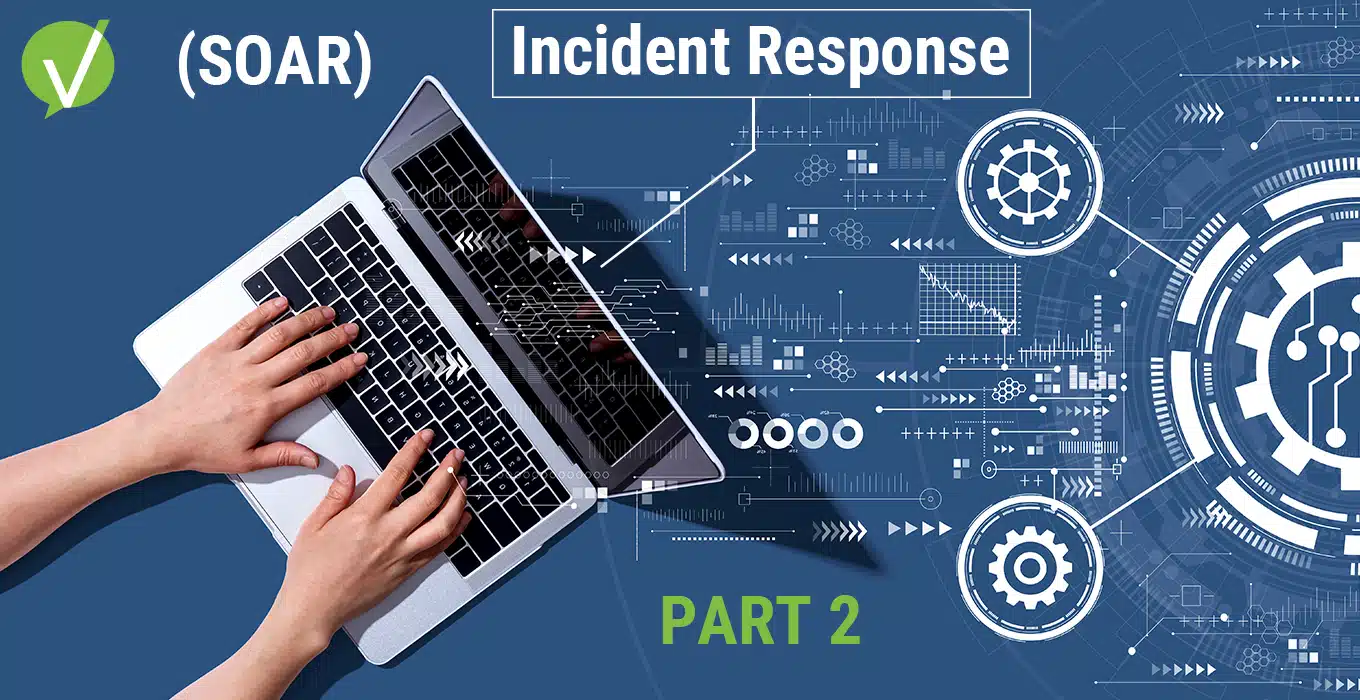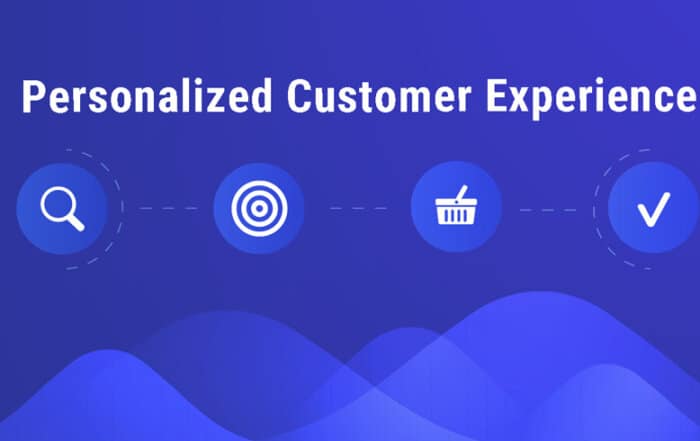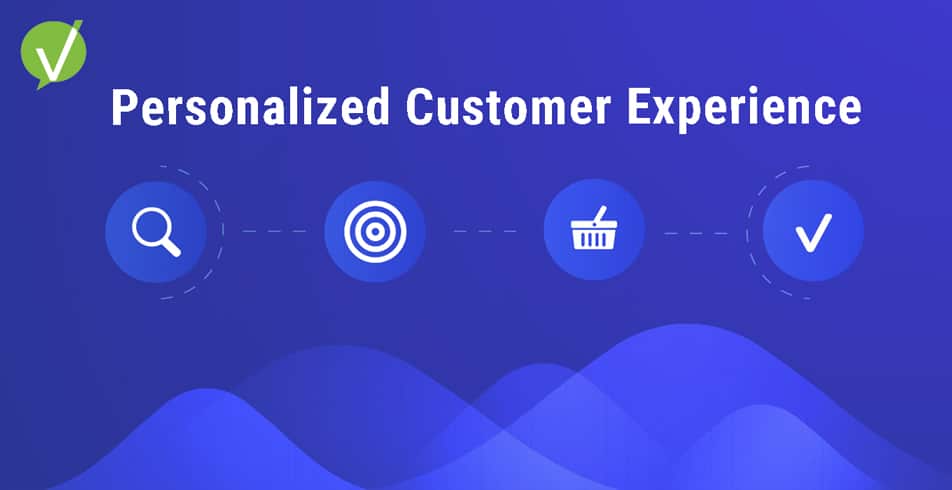Incident Response Automation: Part 2 (SOAR)
Introduction
Building on our deep dive into the rise of cyber threats and the evolution of Automated Incident Response in Part 1, we now venture into the practical realm of its implementation. In this segment, we’ll tackle the challenges of transitioning to automation, guide you through its seamless integration, and spotlight the unique capabilities of tools like Vivantio. As cyber threats magnify in complexity, arm yourself with the nuances of optimizing and customizing your response strategies for the digital era.
The Role of Automation in Incident Response
As we navigate deeper into the world of digital dependency, the role of automation in incident response has transitioned from being a futuristic vision to an immediate necessity. The sheer volume of threats faced by organizations today makes it clear: relying solely on manual responses can render even the most diligent of security teams vulnerable. So, how exactly does automation enhance the dynamics of incident response?
How automation streamlines the incident response workflow
- Rapid Detection: Instead of manually sifting through logs and alerts, automation tools can instantly identify and flag anomalies, ensuring that threats don’t fly under the radar. Some studies indicate that organizations can decrease the time spent on analyzing false positive alerts by as much as 32% with the help of automation.
- Consistent Response: Automation eliminates the variability of human response. Whether it’s 2 a.m. or 2 p.m., whether it’s the first alert or the thousandth, the system responds with the same efficiency and precision.
- Scalability: Automated systems can handle a surge in alerts during high-traffic periods or widespread attacks, ensuring that each threat is addressed without overwhelming the security team.
- Reduced Response Time: Automation reduces the gap between threat detection and resolution. This swift response can be the difference between a minor vulnerability and a full-blown data breach.
Importance of threat intelligence in automation
Threat intelligence acts as the brain behind any successful automation strategy. It provides the system with contextual data about emerging threats, helping in:
- Proactive Defense: By understanding the current threat landscape, systems can proactively look for indicators of compromise and neutralize threats even before they manifest into attacks.
- Dynamic Response Strategies: Based on the intelligence received, the automation system can tweak its response playbooks, ensuring that the countermeasures deployed are always in line with the evolving threat tactics.
- Efficient Resource Allocation: With a clear view of current and emerging threats, organizations can better allocate their resources, focusing on the most pressing vulnerabilities first.
SOAR (Security Orchestration, Automation and Response): a driving force behind incident response automation
SOAR platforms have emerged as the linchpin of modern incident response strategies. They integrate various security tools, offering a cohesive and orchestrated response strategy. Here’s why SOAR is a game-changer:
- Unified Vision: By integrating different security solutions, SOAR platforms provide a holistic view of an organization’s security posture.
- Customized Playbooks: SOAR platforms allow security teams to design playbooks tailored to specific threats or scenarios. This ensures that the response strategy is always in tune with the specific nuances of each incident.
- Collaborative Response: With SOAR, different tools and departments can collaboratively address a threat. For instance, while the system might automatically quarantine a compromised device, it could simultaneously notify the IT department for further action.
- Continuous Improvement: These platforms also offer post-incident analytics, helping teams understand the efficacy of their response and refine their strategies for future threats.
Automation in incident response isn’t just about speed; it’s about enhancing precision, consistency, and adaptability. As threats continue to grow both in volume and complexity, platforms like Vivantio’s service management solution help ensure that organizations are not just reactive but always a step ahead in their defense game.
Benefits of Automated Incident Response
The transformational shift from traditional incident response to an automated approach isn’t just a matter of technological advancement; it’s a reflection of the tangible benefits that automation brings to the table. In a world where cyberattacks can result in significant financial and reputational damage, organizations must prioritize efficient, cost-effective, and consistent responses. Let’s delve deeper into the key advantages of embracing Automated Incident Response.
- Improved speed: Reducing the time from threat detection to mitigation
The clock starts ticking the moment a threat is detected. Every second that passes can exponentially increase the potential damage of a cyberattack. With automation:
- Instantaneous Reaction: Automated systems can respond to threats in real-time, potentially stopping cyberattacks in their tracks before they can inflict any harm.
- Swift Containment: Upon detecting malicious activity, automation tools can instantly isolate affected systems or networks, preventing the spread of the threat.
- Automated Analysis: The tools can rapidly analyze the nature of the threat, determining its source, intent, and potential impact, facilitating faster decision-making.
- Increased efficiency: Automating repetitive tasks and improving workflow
The sheer volume of alerts and the repetitive nature of some tasks can bog down even the most skilled security teams. Automation enhances efficiency by:
- Filtering Out False Positives: An overwhelming percentage of security alerts can be false positives. Automation tools can sift through these, ensuring that security teams focus only on genuine threats.
- Streamlined Workflows: Automated playbooks can guide the response process, ensuring that each incident is addressed using a well-defined, efficient protocol.
- Less Manual Overhead: By automating routine tasks, security professionals can dedicate their time to more strategic and complex tasks, elevating the overall quality of the incident response process.
- Cost reduction: Less human intervention means reduced labor costs
- Fewer Man-Hours: Automation can significantly reduce the number of hours spent on threat detection, analysis, and mitigation, leading to substantial cost savings.
- Avoidance of High-Impact Breaches: By swiftly detecting and mitigating threats, organizations can potentially avoid the astronomical costs associated with large-scale data breaches.
- Optimal Resource Allocation: With automation handling routine tasks, organizations can allocate their human resources more strategically, ensuring that they get the maximum return on their personnel investments.
- Consistency: Automated responses ensure consistent action against similar threats
The human factor, while invaluable in many contexts, can introduce variability in response strategies. Automation ensures:
- Uniform Response Protocols: Whether an incident occurs on a holiday or during peak business hours, automated systems ensure that the response is consistent and according to predefined protocols.
- Minimized Human Error: By taking over repetitive tasks and executing playbooks flawlessly every time, automation reduces the chances of oversight or errors that might occur in high-pressure situations.
- Reliable Documentation: Automated systems consistently log actions taken during an incident, ensuring that there’s a clear record for post-incident analysis and regulatory compliance.
The benefits of Automated Incident Response are clear and compelling. In a digitized world, where the threat landscape is constantly evolving, the importance of speed, efficiency, cost-effectiveness, and consistency cannot be overstated. Automation, with its myriad advantages, is undoubtedly the future of incident response.
How to Implement Automated Incident Response
Embracing automation in incident response is not merely about implementing a new tool or system; it’s a strategic move that can redefine an organization’s cybersecurity posture. However, the transition from manual to automated response processes needs to be meticulous to ensure seamless integration and optimal results. Below, we detail a roadmap for this pivotal transition.
Steps to transitioning from a manual to an automated response process
- Assessment and Planning: Begin by thoroughly assessing your current incident response protocols. Identify bottlenecks, inefficiencies, and areas most suited for automation. Establish clear goals for what you want to achieve with automation, be it faster response times, reduced manpower, or consistent threat handling.
- Select the Right Tool: Invest time in researching and choosing an incident response automation tool that aligns with your organization’s needs, infrastructure, and budget. Consider factors like scalability, adaptability, and vendor support.
- Pilot Implementation: Before rolling out automation across your organization, start with a pilot phase. Test the tools on a segment of your infrastructure to understand its effectiveness and gather feedback.
- Develop and Test Playbooks: Playbooks define the automated response actions. Collaborate with your security team to develop playbooks tailored to common threats your organization encounters. Regularly test and refine these playbooks to ensure they remain effective.
- Train Your Team: Even with automation, the human element remains crucial. Ensure your security team is well-versed with the new tools, understands the playbooks, and knows when to intervene.
- Review and Iterate: Post-implementation, consistently review the system’s performance. Analyze incident logs, measure response times, and gather feedback from your team to identify areas for improvement.
Considerations for integration with existing IT infrastructure
- Compatibility: Ensure the chosen automation tool is compatible with your existing security tools and IT infrastructure to facilitate seamless integration.
- Data Migration: Consider how existing data, such as threat intelligence, incident logs, and response protocols, will be migrated to the new system.
- APIs and Integration Points: Ensure that the tool offers robust APIs to integrate with other tools in your ecosystem, from SIEM (security information and event management) solutions to endpoint protection platforms.
- Scalability: As your organization grows, so will its security needs. Opt for solutions that can scale with your organization’s growth.
Ease of integration and comprehensive automation capabilities of Vivantio
Vivantio stands out in the crowded space of incident response automation tools, and here’s why:
- Plug-and-Play Integration: Vivantio is designed to easily integrate with a multitude of IT and security tools, ensuring that organizations can quickly onboard without disruptive overhauls.
- Broad Automation Spectrum: From detecting threats to initiating responses, Vivantio offers a comprehensive suite of automation capabilities. Its flexible playbook configurations mean that organizations can tailor responses to their unique threat landscape.
- User-Friendly Interface: One of the hallmarks of Vivantio is its intuitive user interface, making it easier for teams to adapt, thereby reducing the transition time.
- Dedicated Support: Vivantio isn’t just a tool; it’s a partner in your cybersecurity journey. With robust customer support and continuous updates, organizations can be assured of always being at the forefront of incident response automation.
Taking the leap into the realm of Automated Incident Response is undoubtedly a significant step. But with the right approach, tools, and partners like Vivantio, organizations can confidently navigate this transition, fortifying their defenses in an era of ever-evolving cyber threats.
Conclusion of Part 2
In this installment, we’ve highlighted the paramount importance of Automated Incident Response in the vast panorama of cybersecurity. Navigating through this era of frequent and sophisticated cyber threats demands a shift from reactive to proactive measures, and automation lies at the heart of this transformation. As we usher in this evolution, platforms like Vivantio emerge as indispensable allies. As we wrap up Part 2, why not read on for the conclusive Part 3 of this series on Incident Response Automation here, where we’ll synthesize the discussed elements and guide you on the path to fully realizing the potential of automation in ensuring cyber resilience.













